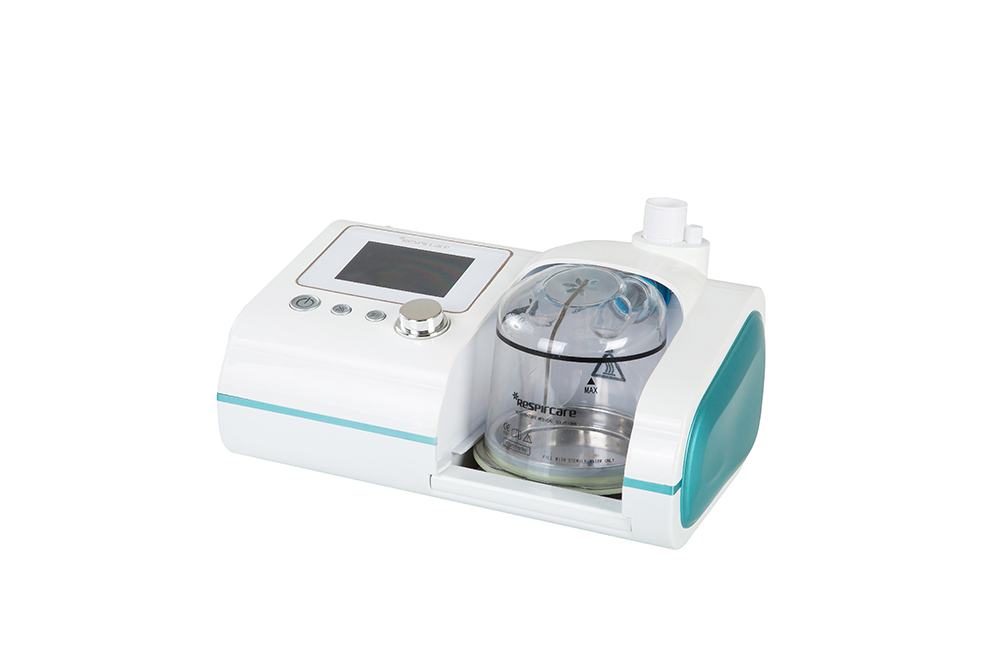

Missing values were imputed by Multivariate Imputation by Chained Equations, following which a multivariate logistic regression model incorporating was constructed to estimate a patient’s propensity score for receiving HFNC. The Kaplan–Meier method was applied to estimate the overall survival rate and cumulative intubation rate. Categorical variables were described as percentages and were compared using the Chi-squared test or Fisher's exact test, when appropriate. Non-normally distributed variables were reported as medians, where the Mann–Whitney U test was used. Variables with normal distributions were presented as means (SD) and were compared by independent samples t test. Its predictive performance was compared with the 4-h ROX index (the ratio of SpO 2/FiO 2 to respiratory rate) using the area under the receiver operating characteristic curve (AUC). HR/SpO 2 (the ratio of heart to pulse oxygen saturation) at 4 h was used as a predictor for high-flow treatment failure, defined as receiving intubation within 48 h after the initiation of the treatment. Treatment outcomes regarding mortality, intubation rates, and length of stay between the HFNC group (the treatment group) and the NIV group (the control group) were compared after propensity score matching (PSM). Patients were matched using a propensity score model. The following data were extracted from the database: age, sex, body mass index (BMI), diagnosis and chronic comorbidities, Charlson Comorbidity Index, Simplified Acute Physiology Score II (SAPS-II) at ICU admission, physiological parameters at baseline and within 24 h after the initiation of oxygen therapy, as well as outcome measures including 28-day mortality, 48-h and 28-day intubation rates, and length of stay in ICU and in hospital. Patients were treated with either HFNC or NIV (continuously or intermittently). One author (QZ) obtained access to the database and was responsible for data extraction. This retrospective study was conducted based on the MIMIC-IV database, consisting of comprehensive and high-quality data of patients admitted to the intensive care unit (ICU) at the Beth Israel Deaconess Medical Center between 20 with pre-existing institutional review board approval. The exclusion criteria were as follows: tracheotomy without intubation plan having received both HFNC and NIV before intubation. The inclusion criteria were as follows: over 18 years old with mild hypercapnia (45 < PaCO 2 ≤ 60 mmHg) before HFNC or NIV. Patients admitted to ICU from 2008 to 2019 were identified in the MIMIC-IV database. As opposed to the ROX index, a modest, yet improved predictive performance is demonstrated using HR/SpO 2 in predicting the failure of HFNC among these patients. Patients with impending respiratory failure had lower intubation rate, shorter ICU length of stay, and lower mortality when treated mild hypercapnia with NIV over HFNC. The AUC of HR/SpO 2 at 4 h after the initiation of HFNC yielded around 0.660 for predicting 48-h intubation, greater than that of the ROX index with an AUC of 0.589 ( p < 0.01). 3.3 days, p = 0.019), compared to those of NIV group. 8.5%, p = 0.278) patients receiving HFNC had higher 28-day intubation rate (26.4% vs.

No significant difference in 48-h intubation rate between the HFNC group (the treatment group) and the NIV group (the control group) (14.2% vs. ResultsĪ total of 524,520 inpatient hospitalization records were screened, 106 patients in HFNC group and 106 patients in NIV group were successfully matched. The area under the receiver operating characteristic curve (AUC) for HR/SpO 2 and the ROX index were calculated and compared. The predictive performances of HR/SpO 2 and the ROX index (the ratio of SpO 2/FiO 2 to respiratory rate) at 4 h were assessed regarding HFNC failure, which was determined if intubation was given within 48 h after the initiation of oxygen therapy. The Kaplan–Meier method was used to estimate overall survival and cumulative intubation rates, while 28-day mortality and 48-h and 28-day intubation rates were compared using the Chi-squared test. Propensity score matching (PSM) was implemented to increase between-group comparability. Adult patients with mild hypercapnia (45 < PaCO 2 ≤ 60 mmHg) received either HFNC or non-invasive ventilation (NIV) oxygen therapy. This retrospective study was conducted based on the Medical Information Mart for Intensive Care IV (MIMIC-IV) database. To investigate the indications of high-flow nasal cannula (HFNC) oxygen therapy among patients with mild hypercapnia and to explore the predictors of intubation when HFNC fails.


 0 kommentar(er)
0 kommentar(er)
